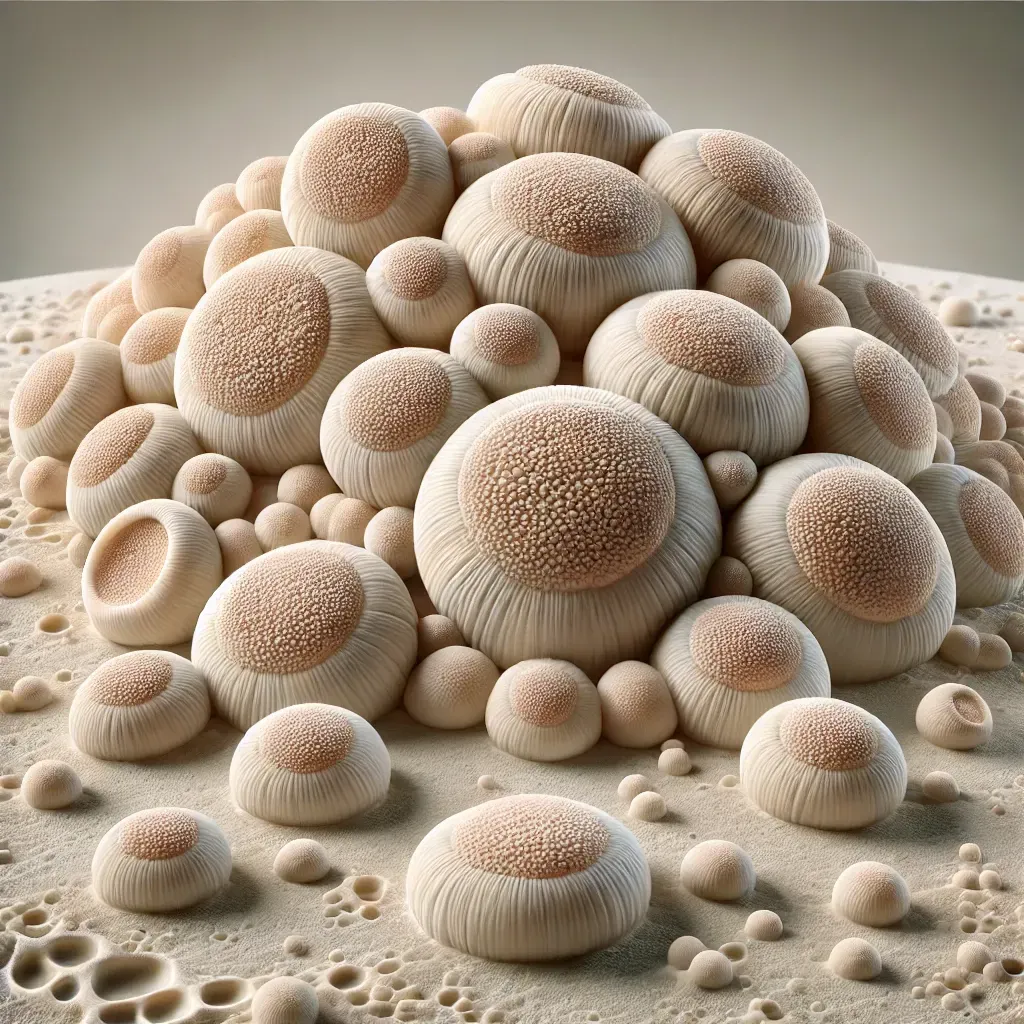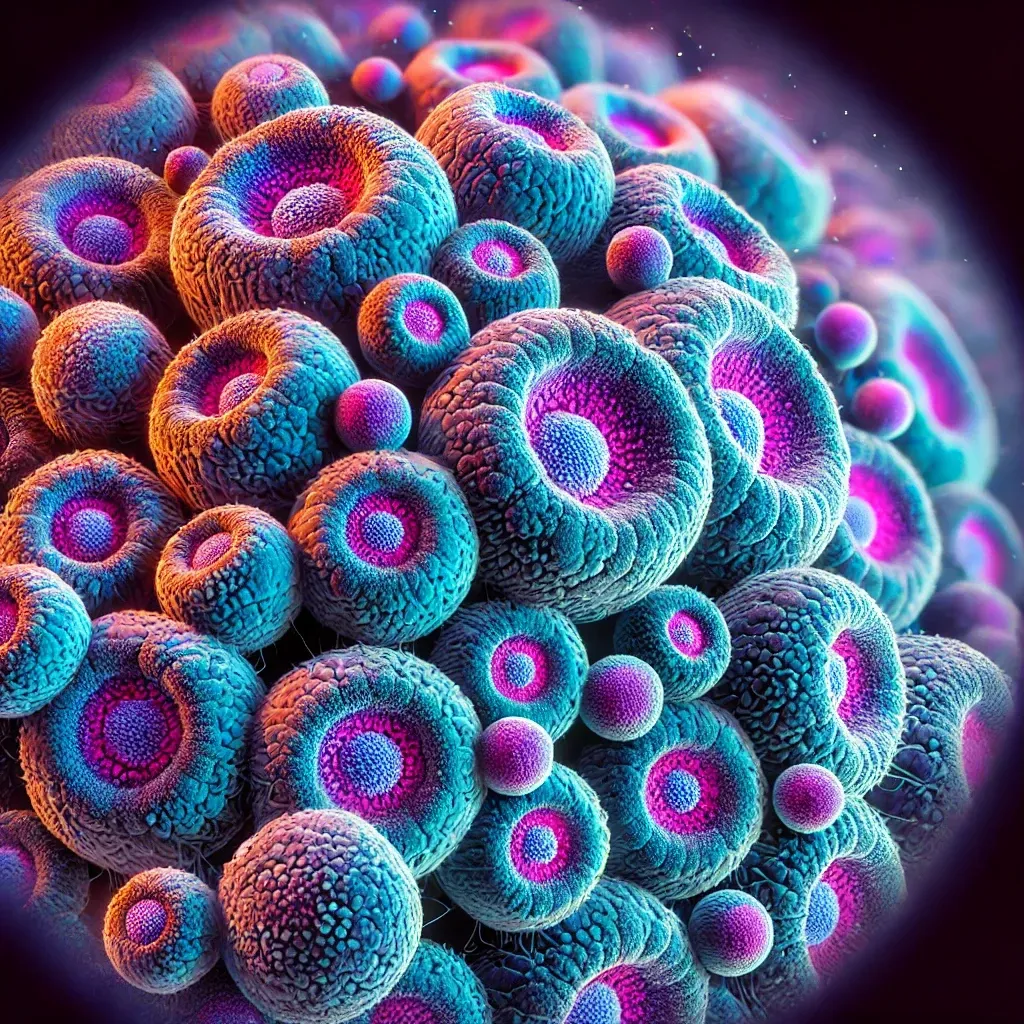Benefits from Omega-3 and Omega-6
Omega-3 and Omega-6 are considered “essential” fatty acids because they cannot be produced by the body--we get them from the food we eat. They are biologically active upon ingestion, which means the body utilizes them right away and cannot store them up for later. They are essential because they help with both inflammatory and anti-inflammatory responses.

Inflammation sounds like a bad word, but it’s actually our key to survival. We need inflammation to fight off infections and heal injuries. Omega-6 is pretty much the master at creating inflammation to help with these situations. Omega-3, on the other hand, prevents the body from going into hyperdrive with inflammation, keeping levels in check.
The problem with these essential fatty acids is that the average American diet easily provides us with omega-6, largely from vegetable oil used in processed food preparation (see my series on
Experimenting with Oils), and almost all of us are deficient in omega-3. They say our early ancestors had an omega-6 to omega-3 ratio of 3:1. Today that ratio is more like 20:1.
A proper omega ratio is extremely important. An overabundance of omega-6 can lead to a wide variety of health concerns including heart disease, arthritis, fibromyalgia, colitis, irritable bowel disorder, diverticulitis, and even Alzheimer’s. Alternatively, a lack of omega-3s can affect the neurotransmitters in the brain related to dopamine and serotonin--paving the way for depression.
There are three types of each kind of omega:
| Omega-3 | Omega-6 |
|---|---|
| Docosahexaenoic acid (DHA) | Linoleic acid (LA) |
| Eicosapentaenoic acid (EPA) | Gamma-linolenic acid (GLA) |
| Alpha-linolenic acid (ALA) | Arachidonic acid (AA) |
Let’s focus on omega-3’s, since most of us don’t have a problem getting omega-6’s. EPA and DHA are the most beneficial of the three. DHA helps build brain, eye and nerve tissue, and EPA protects the cardiovascular system from inflammation and blood clots. About 15% of ALA ingested can be converted by the body into EPA and DHA, but only if the circumstances are right (i.e. sufficient enzymes to help the process).
Foods Rich in Omega-3’s:
- For Docosahexaenoic acid (DHA) and Eicosapentaenoic acid (EPA):
- Grass-fed animals (NOT grain-finished as these have a ton of omega-6 in them)
- Cod liver oil
- Wild caught fish (again, NOT farm raised as they have a ton of omega-6 also) - salmon, snapper, krill, halibut, tuna, herring, shrimp, scallops
- For Alpha-linolenic acid (ALA):
- In largest quantities - flax seeds, walnuts, chia
- In lesser amounts - soybeans, winter squash, broccoli, spinach, basil, spearmint, grape leaves, kale, Brussels Sprouts
- The best thing to consume: coconut oil! See my blog on Coconut Oil.
Foods Rich in Omega-6’s to Avoid:
- For Linoleic acid (LA)
- Vegetable oils - corn oil, grapeseed oil, soybean oil, wheat germ oil, safflower and sunflower oils, margaine, mayonnaise, many salad dressings
- Processed foods made from any of the above veggie oils
- Fast food items - chicken sandwiches, veggie burgers, fish sandwiches
- For Gamma-linolenic acid (GLA) - not very common to ingest
- Black currant oil
- Evening primrose oil
- Borage oil
- Spirulina
- For Arachidonic acid (AA) - small amount of AA are actually beneficial for brain function, cell membranes, inflammatory and anti-inflammatory responses, so it’s okay to consume in moderation.
- Liver
- Eggs
- Butter
Fun Fact: If you consume a proper amount of saturated fats (which are NOT bad for you--see my blog Fat: The Healthy Kind), the body only needs a minimal amount of essential fatty acids.
My best advice for getting closer to the proper omega ratio is a four-punch:
- Stop eating processed foods
- Throw away any vegetable based oil
- Only cook with coconut oil
- Supplements
If you’d like to purchase omega supplements, make sure to shop from high-quality professional-grade brands. Check out my
supplement stores for only the best.
Don't Miss Out!

Heidi Toy Functional Medicine Blog






















































































